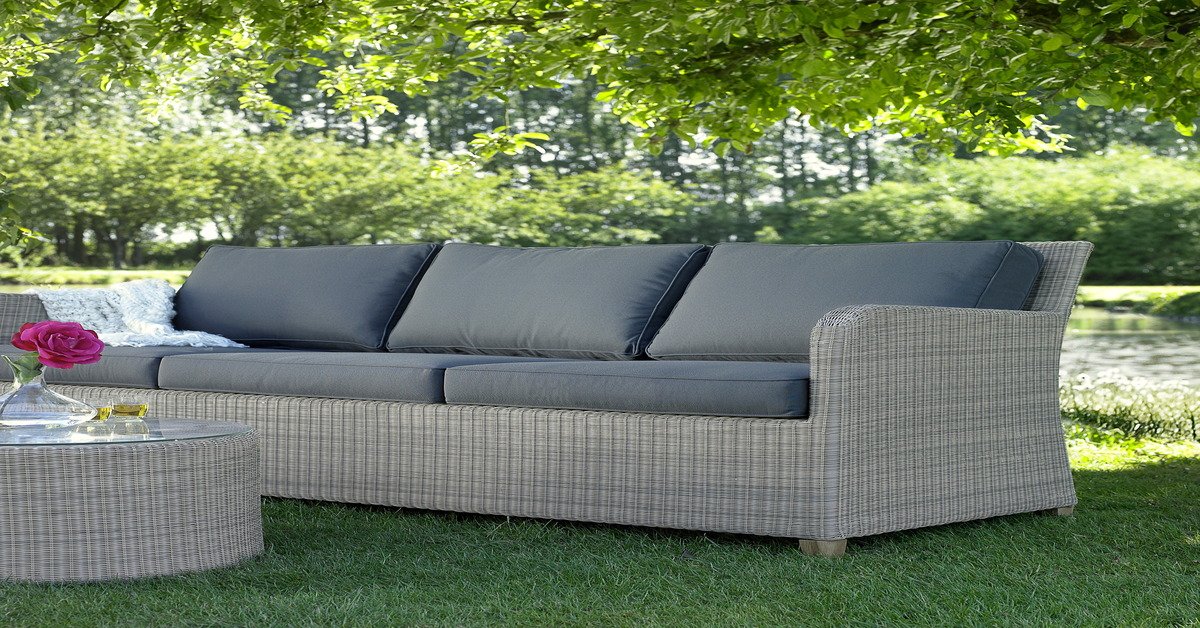Types of Plastic Used in the Furniture Industry

Plastic is a staple material in the furniture industry, prized for its durability, versatility, and cost-effectiveness. Understanding the unique properties of each type of plastic helps furniture designers, contractors, and builders choose the right one for their projects. Explore the common types of plastics used in the furniture industry, their advantages, and their specific applications.
Polypropylene (PP)
Thanks to its lightweight and highly durable properties, polypropylene is one of the most popular plastics used in the furniture industry today. Its resistance to impact, moisture, and most chemicals makes it a go-to material for chairs, tables, and storage solutions that must stand the test of time.
Its ability to mold into various shapes allows designers to create intricate designs and bold colors without compromising durability. For instance, many stackable chairs and modular storage pieces are made from polypropylene, requiring materials that withstand frequent use while retaining their aesthetic appeal.
Polyethylene (PE)
Polyethylene is a popular choice for outdoor furniture due to its exceptional weather resistance. High-density polyethylene (HDPE) is a particularly valuable type of plastic used in the furniture industry for its temperature, moisture, and UV resistance that prevents fading, cracking, and warping.
This makes it ideal for patio chairs, picnic tables, and other outdoor installations. Additionally, PE is recyclable, offering a more sustainable option for environmentally conscious projects.
Polyvinyl Chloride (PVC)
Polyvinyl chloride, commonly known as PVC, is common in furniture components such as frames, piping, and upholstery covers. It is known for its cost-effectiveness and high moisture and corrosion resistance, which are essential qualities for indoor and outdoor applications.
Flexible PVC is used for protective coverings and seat cushions, whereas rigid PVC is integral for structural components and laminated surfaces. Furniture featuring PVC benefits from its easy-to-clean surface and durability, making it particularly popular in commercial and heavy-use spaces.
Polyurethane (PU)
Polyurethane is synonymous with comfort in the furniture industry and is present in foam padding, cushions, and upholstery. Furniture is one of the everyday items that uses polyurethane due to its comfort and flexibility. This versatile material has rigid and flexible forms, allowing manufacturers to create designs that balance support and softness.
For example, memory foam mattresses and ergonomic seat cushions rely on polyurethane to adapt to body contours while providing lasting resilience. Beyond comfort, PU is also known for its resistance to wear and tear, ensuring that furniture maintains its functionality over time.
Each type of plastic offers distinct advantages, and familiarizing yourself with these plastics allows for informed decisions when selecting the best materials for construction and design. Leverage the unique attributes of these plastics for durable and stylish furniture that resonates with modern demands.



